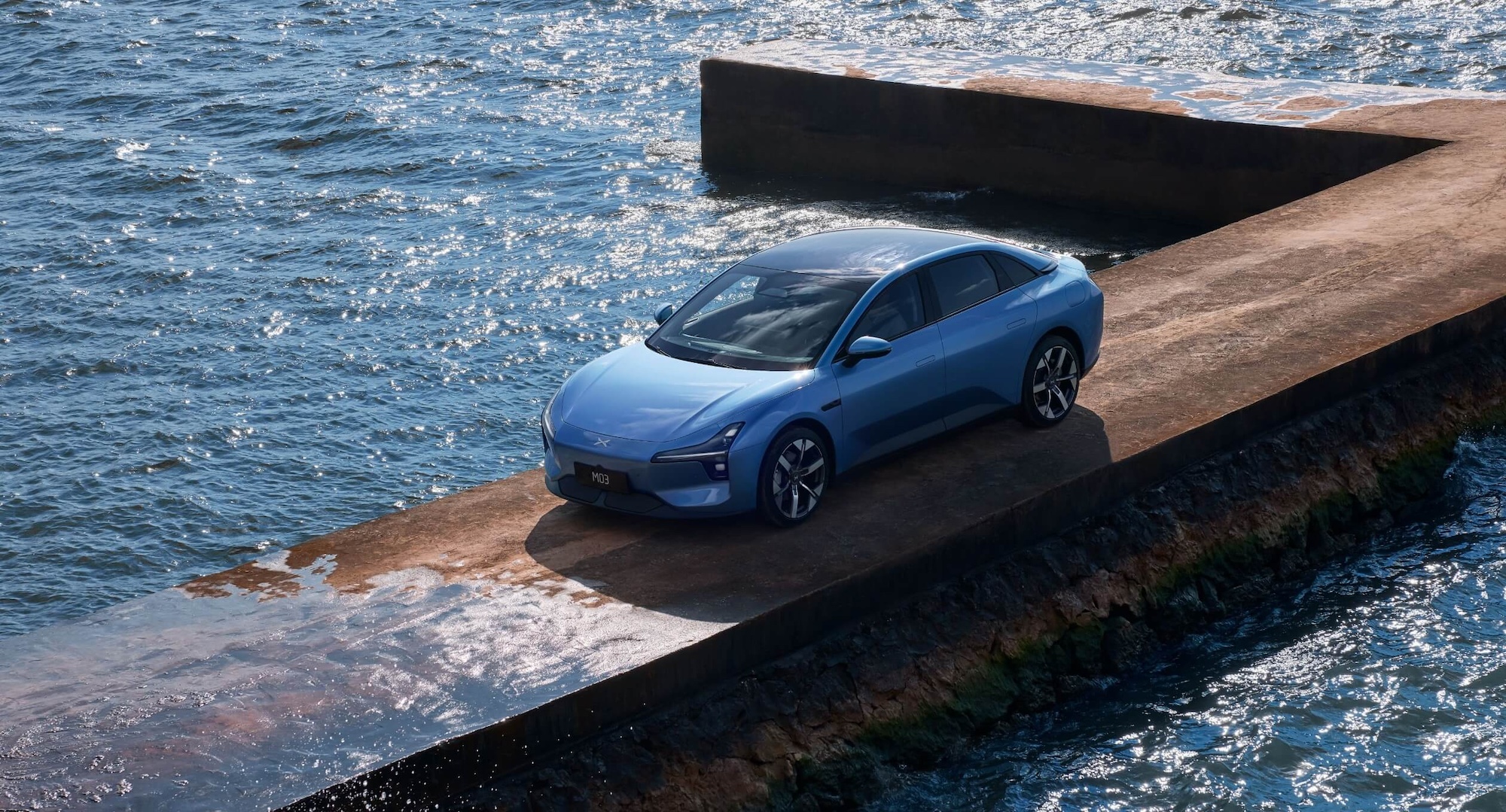
I was buzzing along in my electric golf cart in our seasonal Connecticut community when another cart pulled in front of me. I fell in line and slowed, way back, when I saw that the driver proudly displayed a Let’s Go Brandon sticker. My first reaction to that sentiment and its inference has always been amazement — how could someone actually support the 4-time indicted former President? Then I became baffled as to how a rural person would identify with the conservative wing of the Republican party. Didn’t Trump promise a Wisconsin town a manufacturing boom that never happened? Wouldn’t it make more sense for the golf cart guy to support a US leader who is investing in manufacturing rather than one who tried to roll back low-flow toilets? Isn’t the slew of green jobs opening up everyday a wake-up call that the road to prosperity starts on the factory floor?
I designed a new bumper sticker in my mind as we plodded along in our golf cart queue: “My kids can’t eat culture wars — Give us more green jobs!”

At a time when more extreme weather events than ever before have hit the world, most Republicans in the US reject the notion that climate change is contributing to these disasters, according to a Washington Post-University of Maryland poll.
In the recent Republican presidential debate, several candidates blamed China and other foreign countries for their planet-warming emissions, failing to acknowledge US culpability as the largest historical emitter of greenhouse gases. Instead, the White House hopefuls talked disparagingly about immigration, a woman’s right to choose, funding for Ukraine’s war against Russia, and voting on the national debt.
Meanwhile, if you buy and install a solar energy system at your home by the end of 2032, you are eligible for a federal tax credit for 30% of the cost, including the panels, related equipment, wiring, fees, permits, and installation. But, wait — who’s doing all those installations? Since when is installing solar systems a viable career stepping stone? Since the Inflation Reduction Act kicked the renewable energy job market wide open, that’s when.
What’s the disconnect between optimism for a resurgence in jobs and the commensurate quality of life, versus pessimism that only a return to a proverbial golden era will soothe (disgruntled primarily white males) in the US?
Perhaps the numbers speak for themselves and can suppress the culture war hyperbole.
- The rate of transition from dirty to green jobs is rising rapidly, increasing ten-fold over the period 2005-2021, including a significant uptick in EV-related jobs in recent years.
- While global demand for green skills has risen by 40% since 2015, only 13% of the labor workforce actually possess the skills that organizations need and want.
- Renewable jobs posted on LinkedIn this year were the highest ever. Between February, 2022 and February, 2023, LinkedIn job postings requiring at least one green skill have grown by a median of 15.2%.
- The median LinkedIn hiring rate for workers with at least one green skill is 29% higher than the workforce average.
- Lightcast economists project that demand for jobs in the overall green economy will increase by 5.5% in the next 5 years, with some of the “core” careers projected to grow as much as 20%.
Green Job Growth & the Cry for More Well-Paid Workers
Last year, President Biden unlocked $369 billion to fight the climate crisis through the landmark Inflation Reduction Act for initiatives like cutting emissions, manufacturing clean energy products and advancing environmental justice initiatives. The bill also includes tax credits for zero-carbon energy production. By January, US companies had announced more than 100,000 clean energy jobs. Most of the jobs are located in Arizona, Georgia, Michigan, Ohio, South Carolina, Tennessee, and Texas.
As defined by C40, good, green jobs include work that helps reduce greenhouse gas emissions (GHG), protects nature, and improves well-being, while aiming to provide fair wages, safe working conditions, and stable employment. Across all energy sectors, the solar industry is hiring the fastest. These green jobs aren’t easy-peasy, of course. Solar installers, for example, work year-round in all seasons and heat and cold extremes. Then again, many green jobs, including solar, don’t require prior experience or knowledge.
The high demand for workers in renewables underscores a real problem: a wide — and growing — gap between workers who have green skills and jobs that want them. GRID Alternatives is one of the companies that trains economically disadvantaged people how to be rooftop solar installers, with a particular focus on bringing women into the the renewable energy workforce. Individuals with a felony history are also eligible. GRID not only helps power the homes of its customers; it empowers them to seek well paying jobs that will help lift them out of poverty. We need more companies like them if a green jobs workforce is to be viable.
It’s All about the Unions
The 2023 US Energy and Employment Report (USEER) is a comprehensive summary of national and state-level energy jobs. USEER shows that the energy workforce added almost 300,000 jobs from 2021 to 2022 (+3.8% growth), outpacing the growth rate of the overall US workforce, which grew by 3.1%. Clean energy jobs increased in every state and grew 3.9% nationally. With the President’s goal of an electrical grid run on 100% carbon-free sources by 2035 and a net zero economy by 2050, energy jobs are expected to see continued growth in every pocket of the America. The USEER also found that employers are seeing the benefits of strong unions.
In Massachusetts, after years of advocacy work, Brookline is the 6th municipality to join the state’s Municipal Fossil Fuel Free Building Demonstration Program, which allows 10 communities to mandate all-electric new and major construction. Massachusetts’ readiness for a clean energy future may be fulfilled by union work forces like IBEW 103 and the 200 union contractors of the National Electrical Contractors Association. An op-ed piece in the Boston Globe argues that IBEW and NECA contractors have been installing and maintaining the renewable energy infrastructure of the region’s power grid for years.
As the original electrical workforce development team, they have reportedly spent about $10 million annually for training “the most diverse construction workforce in Massachusetts.” Local 103 membership has increased by nearly 2,500 members in the last several years with anticipated growth to double over the next 5 years to prepare to add another 5,000 members to meet Massachusetts’ clean energy goals.
As a longtime union member, I support green jobs that are nurtured and protected by unions. Go green union jobs!
I don’t like paywalls. You don’t like paywalls. Who likes paywalls? Here at CleanTechnica, we implemented a limited paywall for a while, but it always felt wrong — and it was always tough to decide what we should put behind there. In theory, your most exclusive and best content goes behind a paywall. But then fewer people read it! We just don’t like paywalls, and so we’ve decided to ditch ours. Unfortunately, the media business is still a tough, cut-throat business with tiny margins. It’s a never-ending Olympic challenge to stay above water or even perhaps — gasp — grow. So …




